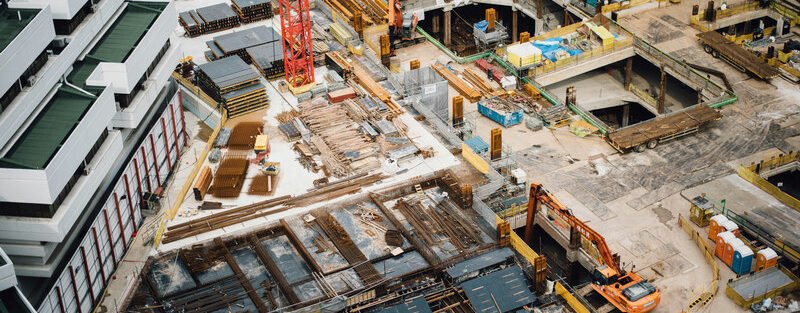Advantages and disadvantages of different types of foundations
The foundation is one of the most important parts of any building, as it distributes the load of the building and ensures its stability. The right choice of foundation is the key to the durability and safety of the structure. There are several main types of foundations, each of which has its own advantages and disadvantages. Let’s consider the main ones.
- Strip foundation
A strip foundation is a solid strip that is located under all the load-bearing walls of the building. This type of foundation is suitable for small houses, buildings with basements and buildings made of heavy materials such as concrete or brick.
Advantages:
- Distributes the load on the ground well.
- Suitable for buildings with basements, since the foundation walls also serve as basement walls.
- Provides high strength and durability.
Disadvantages:
- Expensive compared to other types of foundations, especially when using reinforcement and high-quality concrete.
- Requires a significant amount of excavation work, which increases labor costs and construction time.
- Not suitable for unstable soils such as peat bogs.
- Pile foundation
A pile foundation consists of piles that are driven or screwed into the ground to a considerable depth to reach stable soil layers. Most often used in conditions of weak or heaving soil, where other types of foundations are ineffective.
Advantages:
- Ideal for weak soils such as peat or sandstone.
- Reduces the amount of excavation work and time costs.
- Allows construction on sites with elevation differences or near water bodies.
Disadvantages:
- Requires the use of special equipment for driving piles, which increases the cost.
- It is difficult to check the quality of the work, since the piles are hidden underground.
- Difficulties may arise when building on heavily waterlogged soils.
- Slab (monolithic) foundation
A slab foundation is a solid reinforced concrete slab that is laid under the entire area of the building. This type of foundation distributes the load evenly over a large area, making it a good choice for homes on unstable soils.
Advantages:
- Ideal for heaving and weak soils, as it reduces the risk of uneven shrinkage.
- Easy to install, especially for buildings without basements.
- Evenly distributes the building load, which reduces the risk of cracks and deformations.
Disadvantages:
- Not suitable for buildings with a basement, as it requires the construction of additional basement walls.
- The cost may be higher, especially when using high-grade reinforcement and concrete.
- Limits access to utilities laid under the slab.
- Columnar foundation
A columnar foundation consists of individual supports (pillars) installed under the load-bearing walls and corners of the building. This type of foundation is used for lightweight buildings, such as wooden houses or outbuildings.
Advantages:
- Economical, as it requires less materials and excavation work.
- Speed of construction compared to a strip foundation.
- A good option for lightweight buildings on dense and stable soils.
Disadvantages:
- Not suitable for heavy buildings, as it does not cope well with heavy loads.
- It is necessary to carefully calculate the distance between the pillars to distribute the load evenly.
- Limited durability and stability on unstable soils.
- Screw pile foundation
This type of foundation is gaining popularity due to its versatility and speed of construction. Screw piles are metal rods with blades at the ends that are screwed into the ground.
Advantages:
- Quick construction without the need for significant excavation work.
- Suitable for most soils, including difficult conditions with high groundwater levels.
- Can be installed at any time of year and on complex terrain.
Disadvantages:
- Service life depends on the quality of the metal and anti-corrosion protection.
- Limited bearing capacity for heavy buildings.
- Difficulties may arise when screwing into rocky soils.
Conclusion
The choice of foundation type should be based on the soil characteristics, climate conditions and the load that the building will bear. Strip and slab foundations are suitable for heavy structures, while pile and columnar foundations are used for light structures or on problematic soils. It is important to conduct high-quality soil research and contact professionals to avoid mistakes at the foundation stage and ensure the durability of your home.


